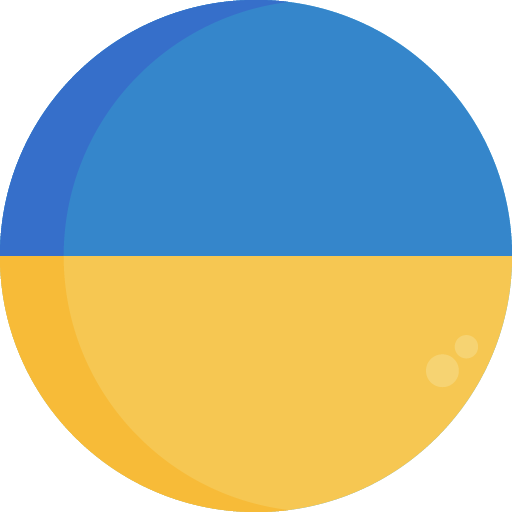Section 140
Plot by the Sanhedrin to arrest and kill Jesus
The Mount of Olives & Jerusalem, house of Caiaphas
| Matthew 26:1-5 | Mark 14:1-2 | Luke 22:1-2 |
| 1When Jesus had finished saying all these things, he said to his disciples, 2“You know that after two days the Passover is coming, and the Son of Man will be delivered up to be crucified.” 3Then the chief priests, the scribes, and the elders of the people were gathered together in the courtyard of the high priest, whose name was Caiaphas, 4and they plotted together to arrest Jesus by stealth and kill him. 5But they said, “Not during the feast, lest there be a riot among the people.” | 1Now the Passover and the Feast of Unleavened Bread were two days away, and the chief priests and the scribes were looking for a way to arrest Jesus by stealth and kill him. 2But they said, “Not during the feast, otherwise there will be a riot among the people.” | 1Now the Feast of Unleavened Bread was drawing near, which is called Passover, 2and the chief priests and the scribes were looking for a way to get rid of Jesus quietly, for they were afraid of the people. |
Notes
Mount of Olives
The mountainous ridge called the Mount of Olives stretches totay from the Hebrew University Mount Scopus campus in the north to the Jewish cemetery and beyond, to the village of Silwan in the south. Between these two ends of the mountain are the olive trees from which the mountain takes its name. The area at the bottom of the mountain would have been the place for the olive gardens and an olive press, “Gat shemen” in Hebrew, from which the name “Gethsemane” comes.
The gospels record on more than one occasion Jesus’ sorrow for Jerusalem as he made his way down the slopes of the Mount of Olives. It was a path he would have known from childhood from His many visits to Jerusalem.
Down the road from Bethphage He came riding on a donkey colt with palm branches symbolic of Judaea strewn along the way. “Hosanna!” (“save now!”) was the cry upon the lips of the people (Matthew 21:1-9). This prayer from Psalm 118:25 was a request for salvation. Yet Jesus knew that these cries would be changed within a week to “Crucify him!” He wept again for Jerusalem, for He knew what would befall the people in less than one generation as the city would be besieged and taken.
The House of Caiaphas
The St. Peter in Gallicantu (cock crow) Church commemorates Peter’s three denials of Jesus and his repentance. It lies on the eastern slope of present-day Mount Zion. This site also commemorates the illegal trial of Jesus staged by Caiaphas and Annas, and the imprisonment of Jesus. Outside the existing church is an ancient stairway which is actually a main walkway up the side of Mount Zion. It is very likely that Jesus, after being taken prisoner in Gethsemane, was led up these stairs to the house of Caiaphas. These stairs were in existence in Jesus’ day.
This location for Caiaphas was determined by reports from Christian pilgrims from the 3rd century A.D. Their reports say this site “was known by all.” About 460 A.D. the Empress Eudoxia built a church on the ruins of Caiaphas’ house to commemorate Peter’s denial and repentance. The present day church was built over the remains of a basilica destroyed on this site by the Persians in 614 A.D. Some archaeologists believe that the house of Caiaphas was located higher up on the summit of Mount Zion in the present day Jewish quarter.



















